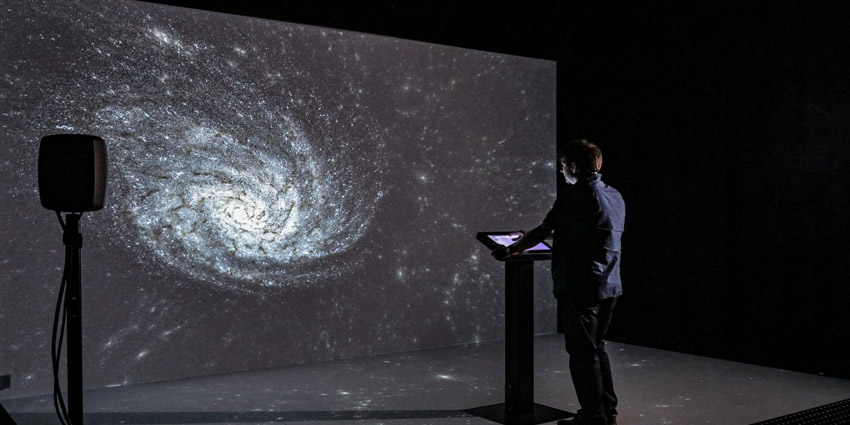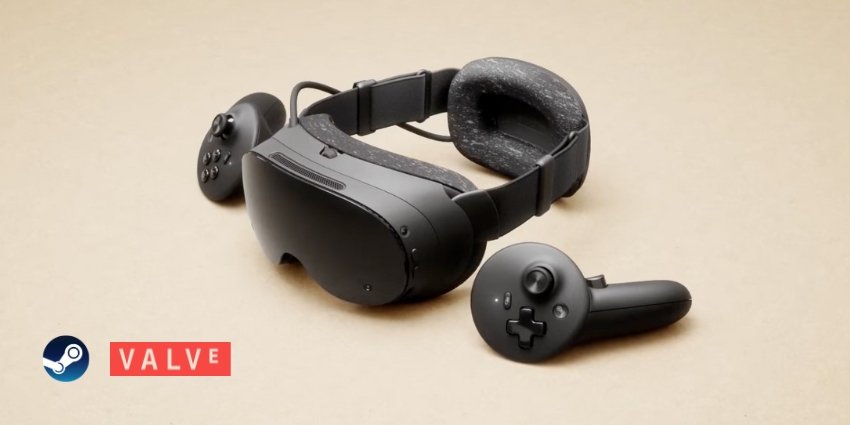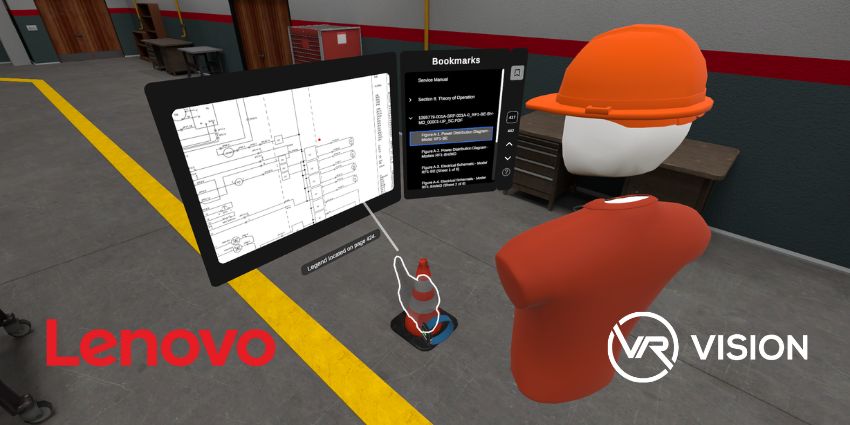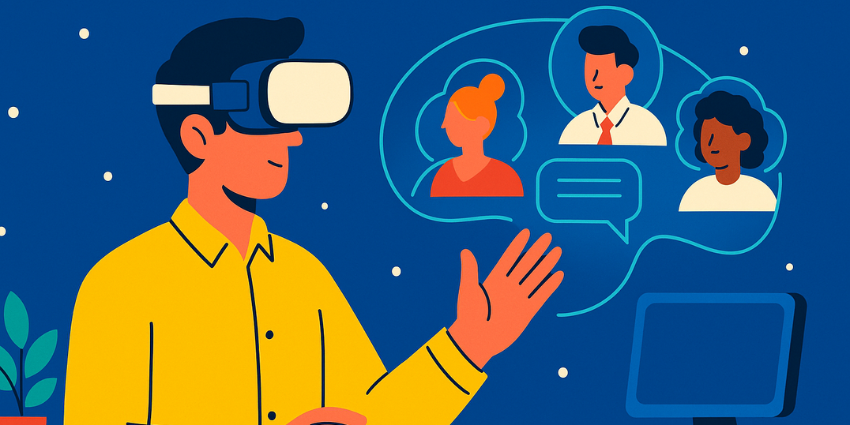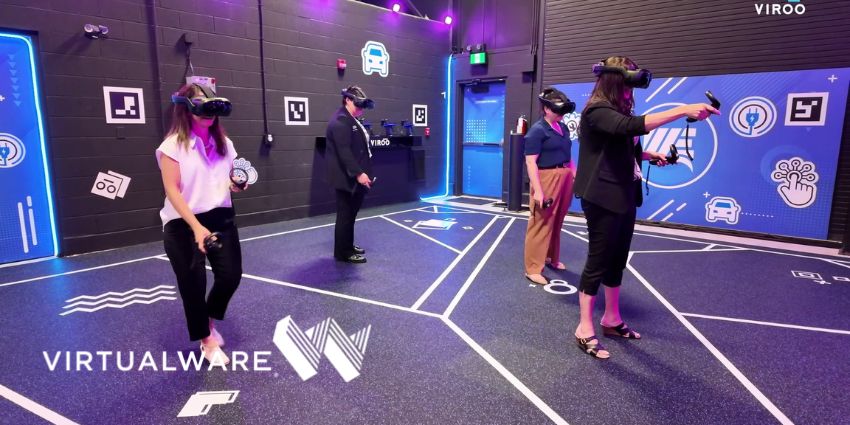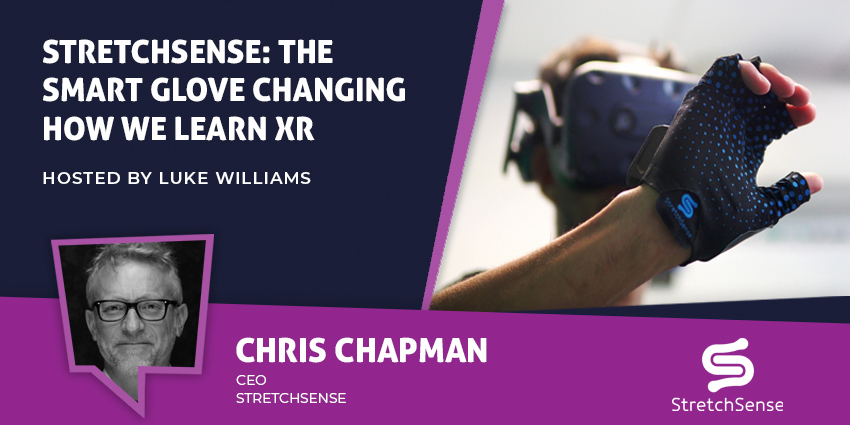Researchers from the Swiss Federal Institute of Technology in Lausanne (EPFL) are working at the institute’s Laboratory for Experimental Museology (eM+) to launch a beta version of VIRUP, an open-source virtual reality (VR) graphics engine, the institution revealed last week.
To mark the occasion, EPFL researchers released ‘Archaeology of Light,’ a short VR movie that transports users to a immersive tour of a virtual universe.
Astronomy is usually taught with graphs, but the EPFL team wanted to challenge this with VR technology and designed VIRUP as an accessible route to the astrophysical sciences.
The Swiss researchers worked with the Laboratory of Astrophysics (LASTRO) to collect an expanse of cosmological and astrophysical data to accurately render an interactive 3D VR universe.
Jean-Paul Kneib, Director of LASTRO, explained the project was “the chance to travel through space, through time, and discover the universe.”
The LASTRO team also released last week a 180-degree version along with a 360 degree rendition of the Archaeology of Light immersive experience on its YouTube channel.
At a recent screening, Tokyo audiences reacted positively to The Archaeology of Light VR experience, prompting the LASTRO team to screen the film later this month in Dubai.
Additionally, EPFL will feature the film as part of its upcoming exhibition ‘Cosmos Archaeology: Explorations in Space and Time’, which opens April 21 next year at EPFL Pavilions.
Powering a Virtual Universe
The Archaeology of Light film uses the VIRUP engine’s powerful 3D visualisation tools and software.
The platform pre-renders “terabytes of data at 90 frames per second” to execute VIRUP’s smooth 3D immersive experiences and interactive simulations.
Currently in beta, cosmology researchers designed VIRUP from the ground up as a graphics engine dedicated to astrophysical and cosmological data, allowing individuals at home to access a comprehensive VR universe with up to 4,500 discovered exoplanets and 50 million galaxies.
On top of this, the VIRUP VR tool creates the best education and research opportunities for future generations of astronomers and cosmology students.
In a blog post by EPFL, Yves Revaz, Senior Scientist, EDFL and LASTRO explained that “VIRUP is precisely a way of making all of our astrophysical data accessible to everyone.”
